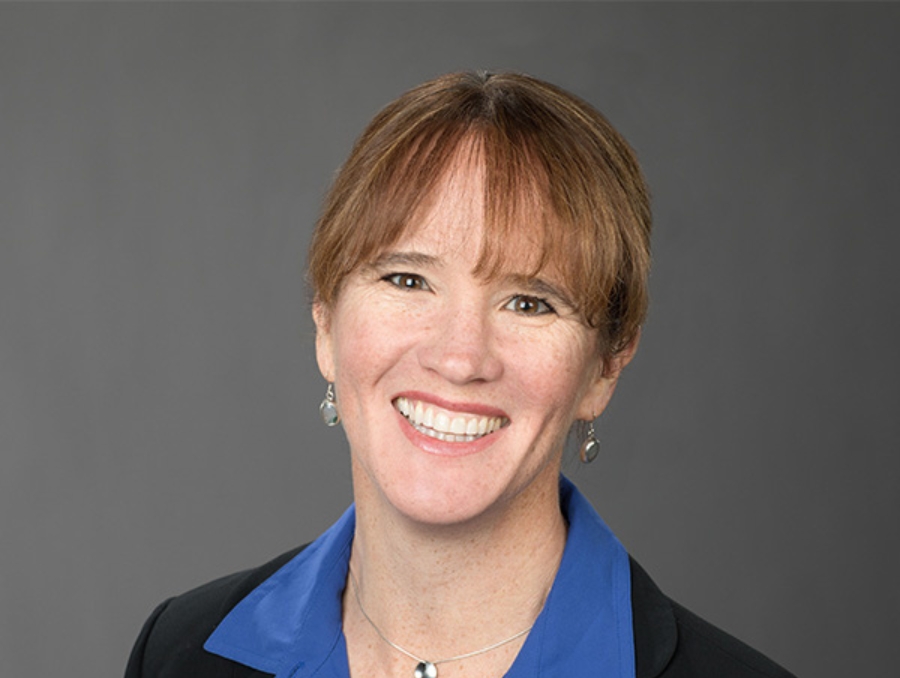Dianna Townsend, Ed.D., professor of literacy studies, plays a crucial role as a co-principal investigator in the Institute of Education Science (IES) grant titled "Words as Tools: Vocabulary Development for Emergent Bilinguals (EB) for Science and Beyond." The U.S. Department of Education funded this substantial $2 million grant, including a sub-award of nearly $800,000 for the College of Education & Human Development at the University of Nevada, Reno. The grant involves extensive collaboration with regional and national educators.
"This award is an opportunity to fill a real need for adolescents who are learning English in Nevada and around the country," Townsend said. "The language of science is very technical and abstract, especially if you are learning it in a new language! Words as Tools will help adolescents build deep and flexible word knowledge in science, in really engaging ways, so that they are ready to learn important science ideas.”
The Institute of Education Sciences (IES), formed in 2002, is the research arm of the U.S. Department of Education. Records from the Office of Sponsored Projects at the University show that Townsend’s award is a rare accomplishment.
"This research opportunity addresses a huge need we have in Northern Nevada and across the state," Donald Easton-Brooks, Ph.D., dean of the College of Education & Human Development, said. "We have a large number of English language learners, and it is important that we find effective ways to enhance the learning opportunity for these students, as well as for all students."
Through the grant, the research team will develop and test a new intervention for emergent bilingual (EB) adolescents called Words as Tools. This intervention will be designed for use in English as a second language (ESL) classes to promote the development of deep and flexible word knowledge, also called “metalinguistic awareness.” The goal of the research is to develop and test an intervention that builds a language bridge between ESL classrooms and mainstream science classrooms.
Rather than traditional vocabulary instruction (e.g., matching words with definitions and random sentences), Words as Tools seeks to empower students with flexible, generative word knowledge related to compelling scientific content. Rooted in established principles of robust vocabulary instruction and culturally responsive teaching, this initiative is poised to make a lasting impact.
Drawing inspiration from a prior IES development project, “English Learners’ Robust Academic Vocabulary Encounters (EL RAVE),” Words as Tools takes the concept further. While EL RAVE focused primarily on Latin roots, Words as Tools broadens its scope by concurrently teaching multiple components of language knowledge, including Greek and Latin roots, suffixes and syntax, and multiple-meaning words. All of this language practice is conducted in the context of compelling science questions, such as “Are males of a species usually larger, faster and stronger than females?” and “What causes extinction in plants and animals?” All science content is aligned with the Next Generation Science Standards (NGSS), addressing the pressing need for simultaneous language and science concept development.
Elizabeth Leger, Ph.D., director of the University’s Museum of Natural History and foundation professor, also serves on the project as a co-investigator, providing expert consulting on the science content of the intervention. Townsend’s collaborating PIs on the grant are Amy Crosson, Ph.D., and Pui-wa Lei, Ph.D., at Penn State.
Townsend explains, “We know that learning words in isolation is rarely meaningful. We all learn language better when we get to use it in meaningful contexts. Working with adolescents on really interesting science questions and the language they need to answer those questions is likely to accelerate their language development. We need to engage young scientists from all language and cultural backgrounds, and we’re designing the intervention to support that goal.”
The four-year research project will unfold in middle school ESL classes catering to EB students with intermediate and advanced levels of English proficiency. Working with teacher and researcher collaborators regionally and from all around the country, Townsend and her colleagues will design, revise and experimentally test the impact of Words as Tools.
As the research concludes, educators, administrators and school-based professionals will gain valuable intervention tools to better support emergent bilingual adolescents in their journey toward mastering science vocabulary.
“This four-year research program has the potential to engage adolescents in meaningful English language development that will help them learn science in middle and high school and beyond," Townsend said. "We are working to help as many adolescents as possible, from as many backgrounds as possible, to achieve in science and eventually influence new scientific discoveries."
Townsend is the program coordinator for the College of Education & Human Development’s Literacy Studies Program, which houses an online master’s degree in Reading Curriculum and Instruction, a doctoral degree in Education: Literacy Studies and a graduate-level Reading Specialist Certificate. The College’s Literacy Studies Program also provides a series of required undergraduate courses for all teacher preparation students. Townsend is the co-founder and president of the Nevada Adolescent Literacy Network (NALN), a coalition of cross-agency partners building and bridging systems to help adolescents become fully literate individuals who are able to reach their goals.
















